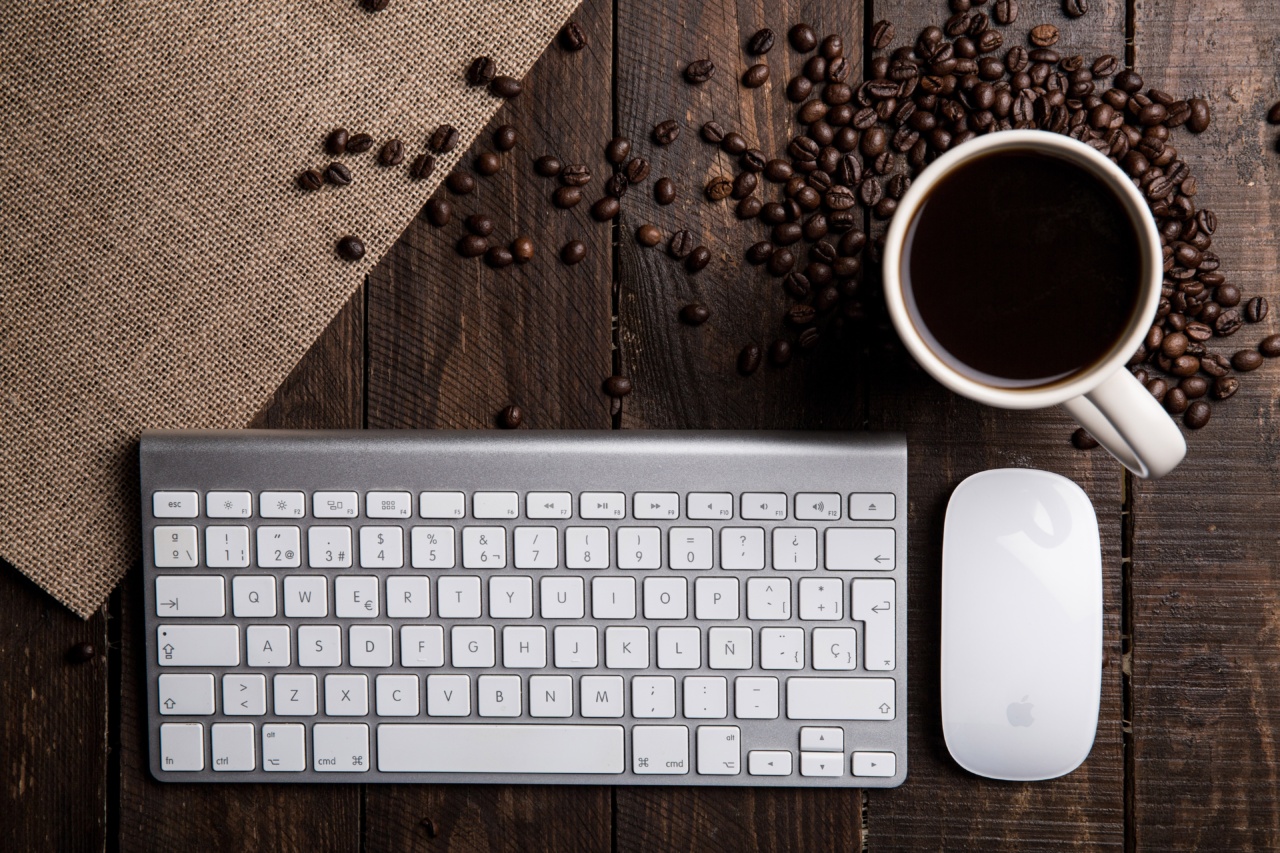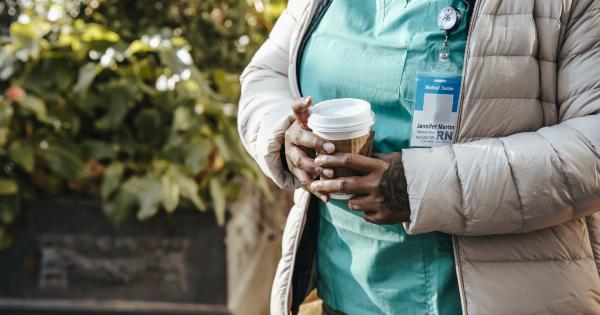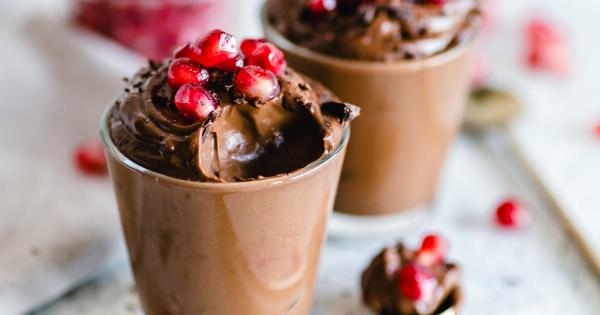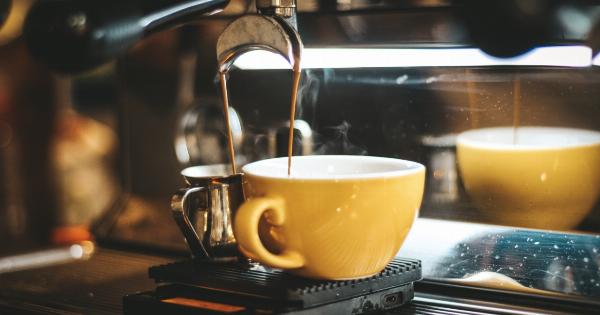For many people, caffeine is a must-have ingredient that helps them start their day and keep them going throughout the day.
But what many people may not realize is that caffeine is not just found in coffee and tea – it’s also lurking in many other foods we eat on a daily basis. In fact, you might be consuming more caffeine than you realize.
Why is caffeine so popular?
Caffeine is a natural stimulant that is found in the seeds, leaves, and fruits of some plants. It has been used by humans for thousands of years for its stimulant effect.
It works by blocking the action of a neurotransmitter called adenosine, which is responsible for promoting sleep and suppressing arousal. By blocking adenosine, caffeine promotes wakefulness and increases alertness.
It is estimated that over 90% of adults in the United States consume caffeine every day, with coffee and tea being the most common sources.
But many people may not realize that caffeine is also present in a wide variety of foods, including chocolate, energy drinks, soft drinks, and even some medications.
The hidden caffeine in chocolate
Chocolate is a widely enjoyed treat all over the world. But did you know that it contains caffeine? The amount of caffeine in chocolate depends on the type and amount of chocolate, with darker chocolate having more caffeine than milk chocolate.
A typical 1-ounce serving of milk chocolate contains around 1-15mg of caffeine, while dark chocolate can contain up to 80mg of caffeine per 100g.
This may not seem like much, but if you’re eating a large amount of chocolate, the caffeine can add up quickly.
Caffeine in energy drinks
Energy drinks are becoming increasingly popular, especially among young people. They are marketed as providing a quick energy boost and increasing alertness.
However, many energy drinks contain high levels of caffeine, often much more than what is found in a cup of coffee.
A typical energy drink can contain anywhere from 50-300mg of caffeine per serving. This amount can vary widely and is often not clearly labeled on the packaging.
In addition to caffeine, energy drinks may also contain other stimulants, such as guarana and taurine, which can further increase their stimulant effect.
Caffeine in soft drinks
Soft drinks, including cola and other carbonated beverages, are also a common source of caffeine. Like energy drinks, the amount of caffeine in soft drinks can vary widely.
Some soft drinks contain as little as 2-3mg of caffeine per serving, while others can contain up to 50mg per serving.
The caffeine in soft drinks can add up quickly, especially for those who drink several servings per day. In addition, many soft drinks also contain high levels of sugar, which can lead to other health problems like obesity and diabetes.
Caffeine in medications
Caffeine is also commonly found in many over-the-counter medications, including pain relievers like Excedrin and Midol, and some cold and flu remedies.
These medications often contain caffeine because it can help increase the effectiveness of the other active ingredients and can also help relieve headaches and other symptoms.
But if you’re not aware of the caffeine content of these medications, you could be unknowingly consuming more caffeine than you realize. It’s important to read the labels carefully and be aware of the caffeine content of any medication you’re taking.
The effects of too much caffeine
While caffeine can provide a quick energy boost and increase alertness, consuming too much caffeine can have negative effects on your health. Too much caffeine can lead to jitteriness, anxiety, and difficulty sleeping.
It can also cause headaches, nausea, and increased heart rate. In some cases, consuming high amounts of caffeine can even lead to heart palpitations and other more serious health problems.
How to reduce your caffeine intake
If you’re concerned about consuming too much caffeine, there are several steps you can take to reduce your intake:.
- Choose decaffeinated coffee and tea
- Limit your intake of chocolate, especially dark chocolate
- Be cautious of energy drinks and soft drinks, and choose low- or no-caffeine options when possible
- Read the labels carefully on any medications you’re taking and be aware of the caffeine content
By being aware of the hidden sources of caffeine in your diet and taking steps to reduce your intake, you can enjoy the many benefits of caffeine without putting your health at risk.































